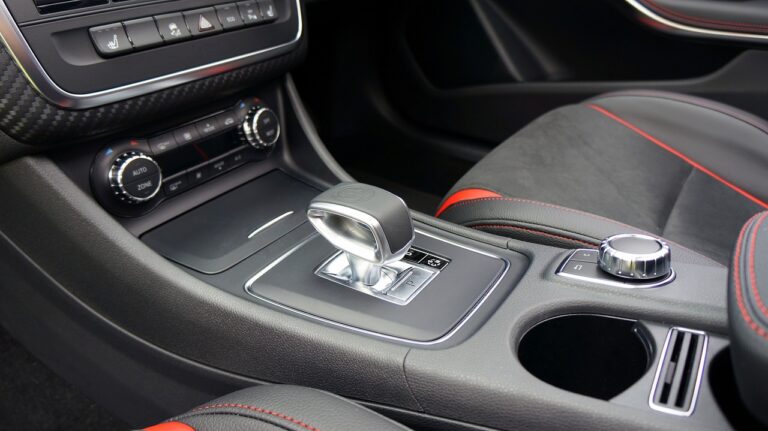Exploring the Intersection of Gaming and Automotive Technology
In the early days of automotive history, in-car entertainment systems were a luxury reserved for only the wealthiest of individuals. Often limited to basic radio receivers, these systems lacked the sophistication and variety that we take for granted in modern vehicles. However, as technology advanced, so did the capabilities of in-car entertainment systems.
With the introduction of cassette players, CD players, and eventually MP3 compatibility, drivers and passengers gained the ability to customize their driving experience with their favorite music. The evolution continued with the integration of touchscreens, Bluetooth connectivity, and voice control features, allowing for seamless access to a wide range of media options. Today, in-car entertainment systems offer a plethora of entertainment possibilities, from streaming services to smartphone integration, transforming the driving experience into a personalized entertainment hub.
The Rise of Gamification in Automotive Design
In recent years, the automotive industry has witnessed a significant shift towards integrating gamification elements in the design of vehicles. This trend is driven by a desire to enhance user experience and engagement by incorporating game-like features that make driving more immersive and enjoyable.
From interactive dashboards that reward efficient driving behavior to augmented reality heads-up displays that turn the road into a digital playing field, gamification is revolutionizing how we interact with our vehicles. By blending entertainment and functionality, automakers are creating a more dynamic and interactive driving environment that appeals to a new generation of tech-savvy consumers.
The Impact of Virtual Reality on Driving Simulators
Virtual reality (VR) has been making substantial waves in the world of driving simulators. By incorporating VR technology, these simulators offer a more immersive and realistic experience for users. The use of VR headsets allows drivers to feel as though they are actually on the road, enhancing their training and skill development.
Additionally, VR in driving simulators enables users to experience various driving scenarios in a safe and controlled environment. Whether navigating through challenging weather conditions or encountering sudden obstacles, VR technology provides a dynamic and engaging platform for drivers to sharpen their abilities. This advancement in simulation technology is revolutionizing driver training programs and paving the way for more effective and interactive learning experiences.
What is the evolution of in-car entertainment systems?
In-car entertainment systems have evolved from basic radio and CD players to sophisticated multimedia systems with touchscreens, navigation, and connectivity features.
How has gamification influenced automotive design?
Gamification has played a significant role in automotive design by incorporating elements of gameplay to make driving more engaging and enjoyable for users.
What impact has virtual reality had on driving simulators?
Virtual reality has revolutionized driving simulators by providing a more immersive and realistic experience for users, allowing them to practice and improve their driving skills in a safe and controlled environment.







